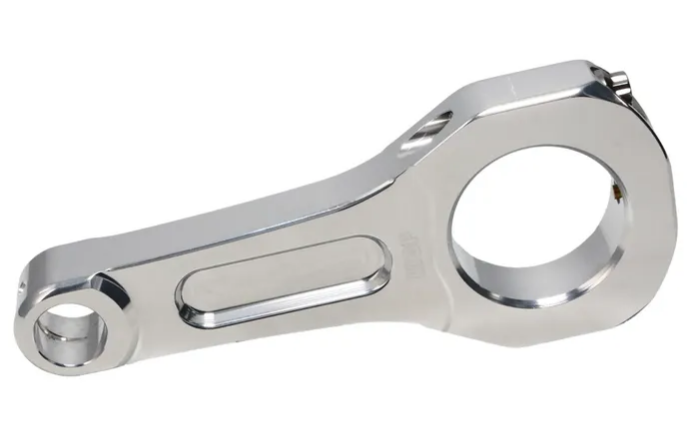The use of Loctite on connecting rod bolts has been a topic of debate among many engine builders and mechanics. The simple answer is yes, you should use Loctite on connecting rod bolts to ensure they remain securely fastened under the strenuous conditions present within an engine. Let’s delve into the reasons behind this recommendation and how Loctite helps in the efficient functioning of engines.
The Role of Connecting Rod Bolts
Connecting rod bolts are the crucial links that secure the connecting rods and help maintain the necessary tension in the rod ends. They play a crucial role in the efficient functioning of an engine. Given their importance, it’s essential to ensure these bolts remain tight and secure during engine operation.
The Purpose of Loctite
Loctite is a well-known brand of adhesives used in various applications, including automotive and industrial settings. When used on fasteners like bolts, Loctite serves as a thread-locking fluid. It fills the gaps in the threads and cures to a hard thermoset plastic that firmly secures the bolt, preventing it from loosening due to vibration or heat.
Why Use Loctite on Connecting Rod Bolts?
Engines are subject to high vibrations, heat, and other demanding conditions. These conditions can potentially cause the fasteners to loosen over time, leading to inefficient engine operation or, worse, severe engine damage. The application of Loctite on connecting rod bolts helps keep the bolts securely fastened, preventing premature loosening and the associated issues.
Choosing the Right Loctite for Connecting Rod Bolts
Not all Loctite products are suitable for use on connecting rod bolts. It’s important to choose a product specifically designed for high-torque and high-temperature applications, like Loctite 263 or Loctite 272. These high-strength threadlockers provide excellent performance under extreme conditions and are an ideal choice for securing connecting rod bolts.

How to Apply Loctite on Connecting Rod Bolts
When using Loctite on connecting rod bolts, it’s important to follow the correct procedure:
- Clean the bolt threads thoroughly to remove any oil, grease, or debris. Loctite bonds best to clean, dry surfaces.
- Apply a small amount of Loctite to the bolt threads. A few drops are usually sufficient.
- Install the bolt and tighten it to the correct torque specification. Allow the Loctite to cure fully before starting the engine.
In Conclusion: Loctite and Connecting Rod Bolts
Securing connecting rod bolts with Loctite adds an extra layer of security, helping to ensure your engine continues to operate efficiently and reliably. While some engine builders might not see the need for this extra step, the benefits in terms of engine performance and longevity make it a valuable practice. By understanding the function and proper use of Loctite, you can help your engine perform at its best for years to come.